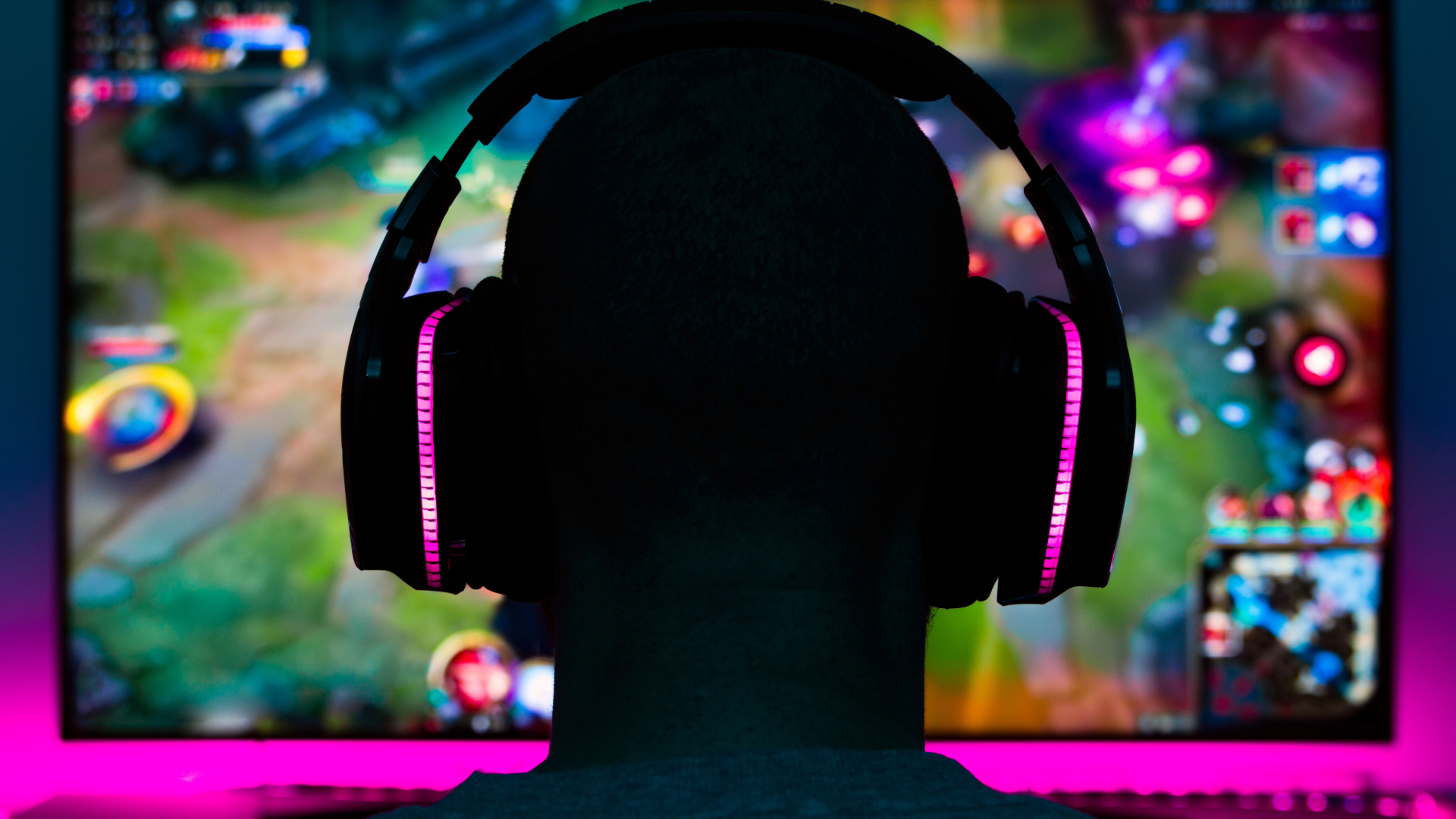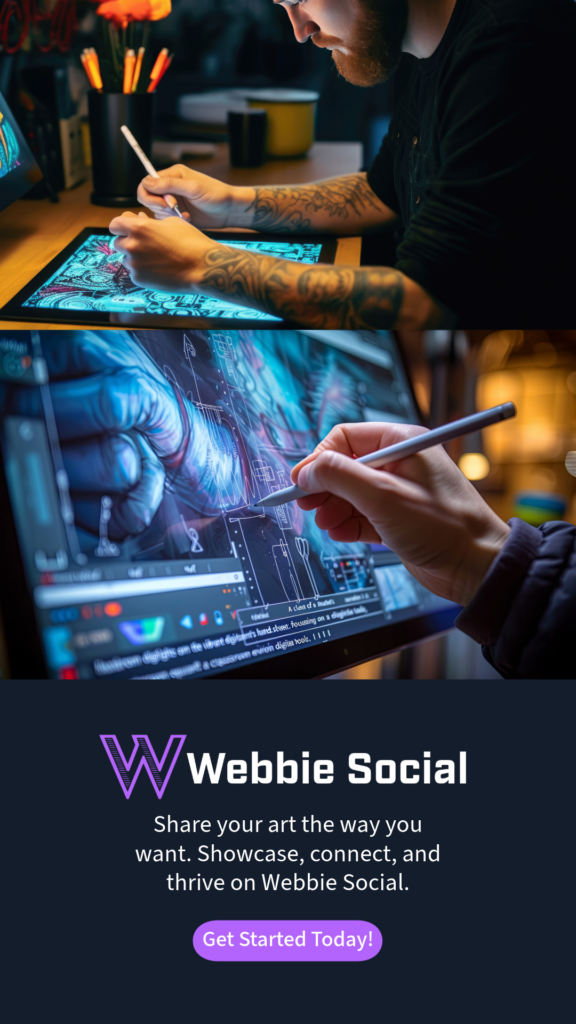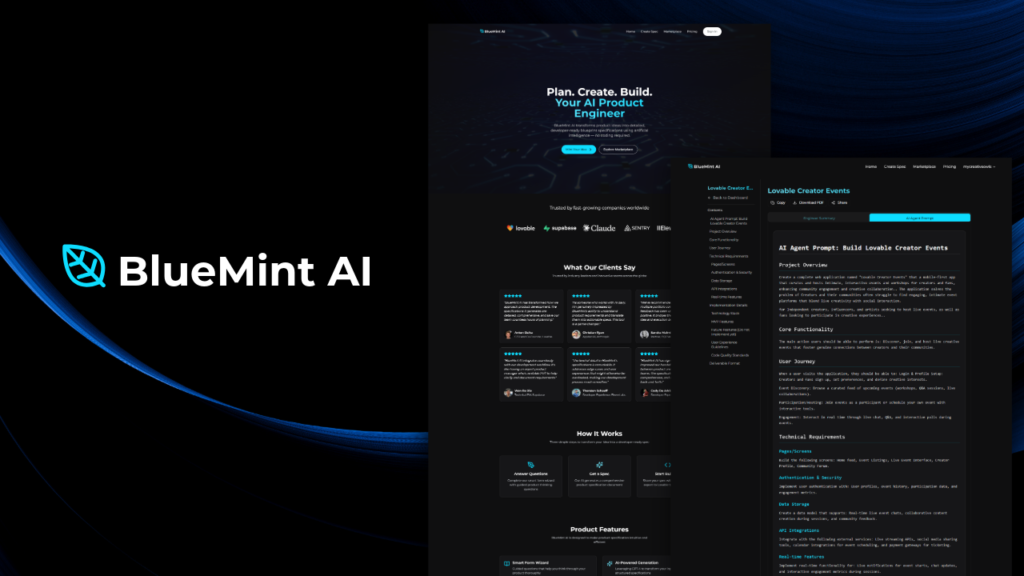
An Evolving Landscape
Gaming has evolved far beyond the days of simply conquering levels with a controller. Today, we’re not just playing games; we’re building worlds, crafting identities, and redefining ownership in digital spaces where reality and the virtual blend seamlessly. This is the era of Web3 gaming—where ownership is a tangible asset on the blockchain, not just a concept. However, with this evolution come challenges and opportunities that are reshaping how we engage with digital experiences.
Customization and Ownership: The Core of Web3 Gaming
The desire for customization and ownership has always been a driving force in gaming. Think back to the early 2000s when gamers would proudly swap memory cards to showcase their custom-built characters. Today’s gamers want more than just a static avatar; they seek the ability to mold their in-game personas and truly own their digital assets. This shift is monumental, much like the introduction of credit cards in the 20th century, which transformed commerce.
Key Points:
- True Digital Ownership: Unlike traditional games, Web3 gaming allows players to fully own their digital goods, giving them real value beyond the game.
- Cross-Platform Transactions: Blockchain technology enables seamless trading, selling, and ownership of assets across different platforms.
Challenges of Innovation: Avoiding Early Pitfalls
While the excitement around Web3 gaming has driven early investments, it has also led to premature launches, reminiscent of the dot-com bubble. In the rush to integrate blockchain, some developers have lost sight of the primary goal—creating games that people genuinely want to play. The lesson from history is clear: technology should enhance the product, not overshadow it.
Innovation must be balanced with practicality. Just as the Ford Model T revolutionized the auto industry by being accessible and reliable, Web3 games must prioritize delivering a seamless, enjoyable experience before layering on complex technologies.
Building Communities: The Heart of Web3 Gaming
The true potential of Web3 gaming lies in its ability to foster communities. Just as LAN parties once brought friends together in the early days of gaming, Web3 must recapture that sense of connection, competition, and camaraderie in the digital age.
Community Focus:
Shared Experiences: Whether through cooperative missions, trading assets, or tournaments, the sense of community will keep players engaged and coming back.
Balancing Fun with Depth:
To succeed, Web3 games must retain the joy and spontaneity that make gaming addictive while offering meaningful depth.
The Future of Web3 Gaming: Blending Tradition with Innovation
Looking ahead, the most successful Web3 games will blend the best of both worlds—Web2’s seamless user experience with Web3’s promise of digital ownership. Forcing blockchain integration into every aspect of gameplay can sometimes detract from the user experience.
Instead, developers should strategically integrate blockchain where it truly adds value, such as enabling digital ownership or facilitating cross-platform transactions. The goal is to enhance the experience, not complicate it.
Web3 gaming represents a new chapter in digital entertainment, where interaction with the virtual world is being redefined.
As the industry grows, the focus must remain on delivering experiences that are both innovative and engaging. By embracing the lessons of the past while looking to the future, Web3 gaming has the potential to reshape our digital lives in profound ways.





